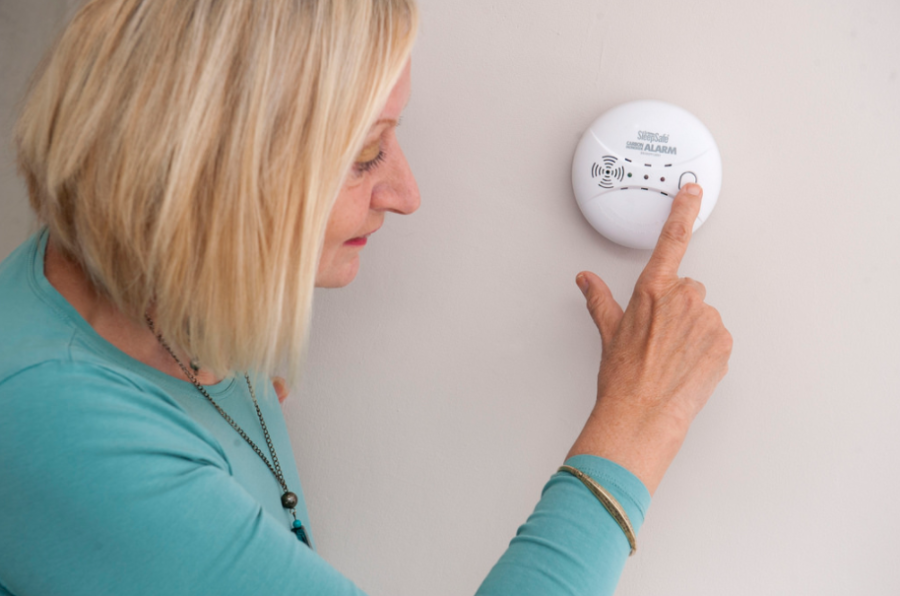Natural gas is safe, reliable and clean. However, like any other material when burned – including wood, paper, charcoal, kerosene, propane and gasoline – natural gas can produce carbon monoxide (CO). Whether in a home or a business, make sure natural gas appliances are operating properly, especially in fall and winter when furnaces are running more frequently.
What CO is
CO is a colorless, odorless and tasteless gas that is very hazardous. It can prevent you from breathing in the oxygen needed to survive. If you suspect a carbon monoxide problem, act immediately to protect yourself and others. Carbon monoxide poisoning symptoms are similar to those of the flu: headaches, nausea, dizziness, breathlessness and/or fatigue.
If you suspect a CO problem, immediately go outside, seek medical assistance if necessary and call 911.
Safety Tips
In honor of Carbon Monoxide Awareness Month, here are our tips to stay safe.
- Hire a maintenance professional to check your furnace and other natural gas appliances
- Install carbon monoxide detectors on a wall or ceiling near all sleeping areas in your home to detect the presence of carbon monoxide.
- For businesses, install carbon monoxide detectors in main areas away from vents and appliances or equipment that produce smoke or steam.
- Make sure natural gas appliances are properly installed, vented and maintained.
- Schedule a yearly inspection of your flues, vents and chimneys to ensure they are clear of debris and in proper working condition.
Learn more about Carbon Monoxide (CO) Awareness on our website.
